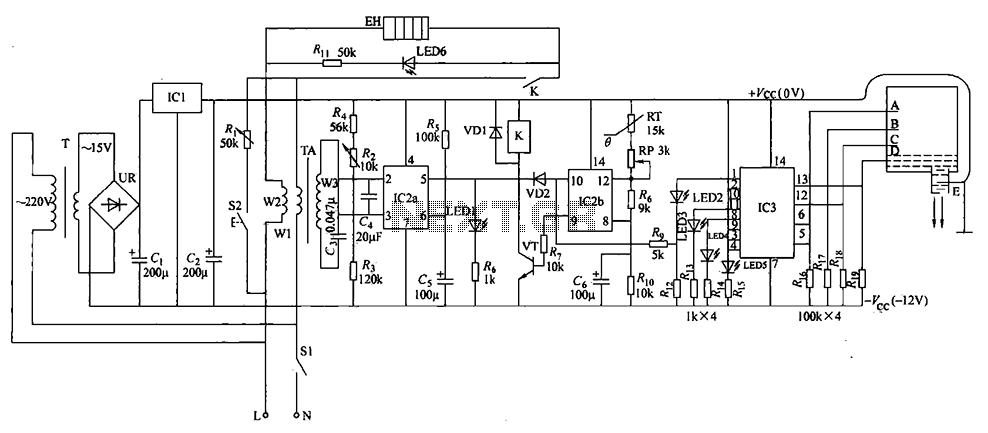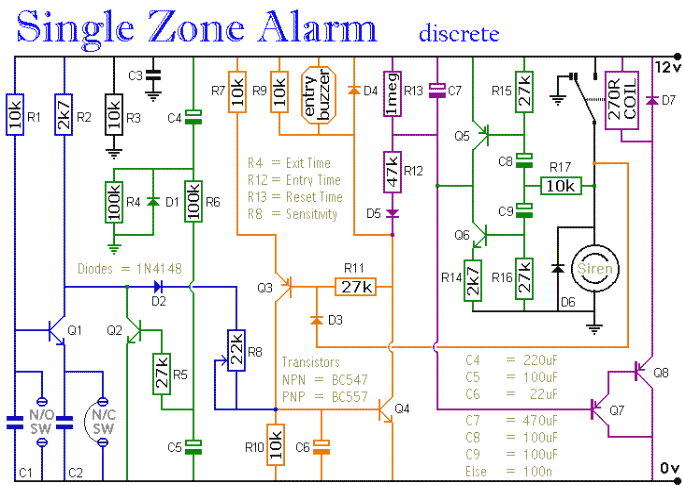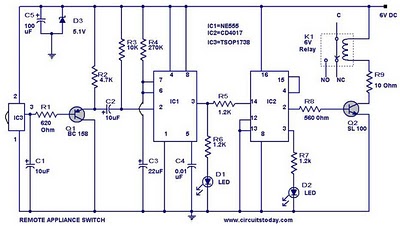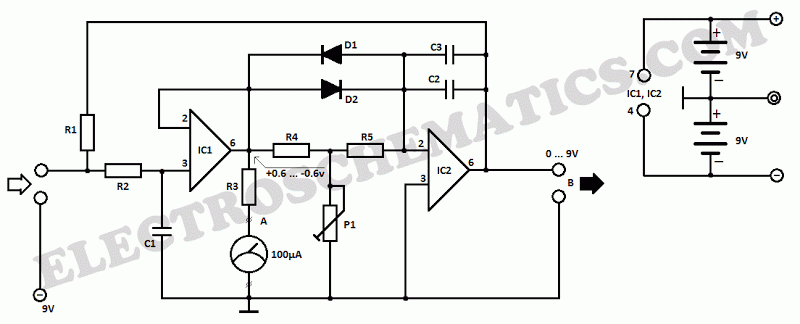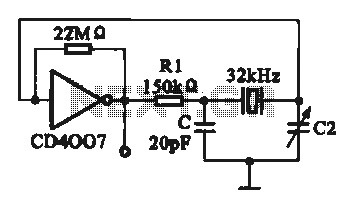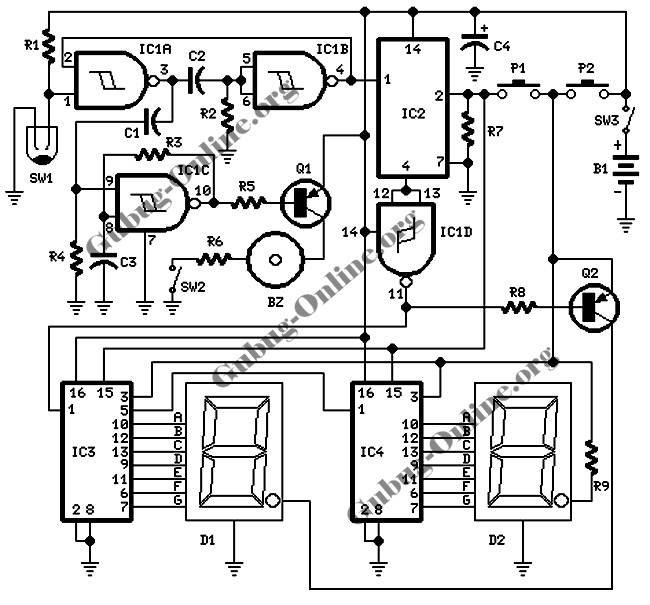
Relay control circuit
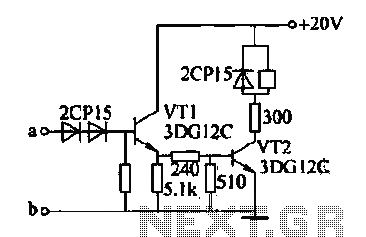
The motor winding is configured with delta transposition capacitance, designated as cl-C-3G. It operates as a DC LAN speed generator and is associated with a three-phase asynchronous motor, which is coaxially connected through a field winding powered by a 10V supply. The RP is connected to the network via the T-ST input terminal, providing negative feedback for speed regulation. The relay control circuit, identified as 2140, is depicted in the accompanying figure. After the relay K is activated through a two-stage amplification process, the normally open and normally closed contacts of K are utilized to manage system indicators and to short the WT capacitance island ring, thereby influencing the WT P mediators.
The motor winding described operates in a delta configuration, which allows for efficient power distribution and improved performance in three-phase systems. The delta transposition capacitance, labeled as cl-C-3G, plays a crucial role in managing the capacitive characteristics of the motor, enhancing its operational stability and responsiveness.
The system includes a DC LAN speed generator that works in conjunction with the three-phase asynchronous motor. This motor type is favored for its simplicity and robustness, making it suitable for various industrial applications. The coaxial connection of the field winding ensures that the motor can effectively utilize the 10V power supply, facilitating smooth operation.
The RP (Regulating Processor) connects to the network through the T-ST input terminal, serving as a critical component for speed feedback. This configuration allows for real-time adjustments to the motor's speed, ensuring optimal performance under varying load conditions. The negative feedback loop is essential for maintaining the desired operational parameters and enhancing the overall efficiency of the system.
The relay control circuit, identified as 2140, provides a mechanism for controlling the motor's operation. It includes a two-stage amplification process that enables the relay K to engage effectively. The contacts of relay K, both normally open and normally closed, are integral to the control system's indicators, allowing for visual feedback on the system's status. Additionally, the relay aids in managing the WT capacitance island ring, which is essential for the stabilization and regulation of the motor's performance.
In summary, the described system integrates advanced motor winding techniques with effective control mechanisms, ensuring reliable operation and adaptability in various applications. The interplay between the motor, feedback systems, and control circuits exemplifies the complexities of modern electrical engineering in motor control applications.Motor winding is delta transposition capacitance cl -C -3G DC Lan speed generator and three-phase asynchronous motor coaxial cs mechanically connected by a field winding powered disabilities 10V. RP connected to the network via T-ST input terminal, providing speed negative feedback. 8) relay control circuit: 2140 as shown in FIG. After the two-stage amplification relay K pull, use K normally open and normally closed contacts are control system indicators and short WT capacitance island ring, ring become so WT P mediators.
The motor winding described operates in a delta configuration, which allows for efficient power distribution and improved performance in three-phase systems. The delta transposition capacitance, labeled as cl-C-3G, plays a crucial role in managing the capacitive characteristics of the motor, enhancing its operational stability and responsiveness.
The system includes a DC LAN speed generator that works in conjunction with the three-phase asynchronous motor. This motor type is favored for its simplicity and robustness, making it suitable for various industrial applications. The coaxial connection of the field winding ensures that the motor can effectively utilize the 10V power supply, facilitating smooth operation.
The RP (Regulating Processor) connects to the network through the T-ST input terminal, serving as a critical component for speed feedback. This configuration allows for real-time adjustments to the motor's speed, ensuring optimal performance under varying load conditions. The negative feedback loop is essential for maintaining the desired operational parameters and enhancing the overall efficiency of the system.
The relay control circuit, identified as 2140, provides a mechanism for controlling the motor's operation. It includes a two-stage amplification process that enables the relay K to engage effectively. The contacts of relay K, both normally open and normally closed, are integral to the control system's indicators, allowing for visual feedback on the system's status. Additionally, the relay aids in managing the WT capacitance island ring, which is essential for the stabilization and regulation of the motor's performance.
In summary, the described system integrates advanced motor winding techniques with effective control mechanisms, ensuring reliable operation and adaptability in various applications. The interplay between the motor, feedback systems, and control circuits exemplifies the complexities of modern electrical engineering in motor control applications.Motor winding is delta transposition capacitance cl -C -3G DC Lan speed generator and three-phase asynchronous motor coaxial cs mechanically connected by a field winding powered disabilities 10V. RP connected to the network via T-ST input terminal, providing speed negative feedback. 8) relay control circuit: 2140 as shown in FIG. After the two-stage amplification relay K pull, use K normally open and normally closed contacts are control system indicators and short WT capacitance island ring, ring become so WT P mediators.
